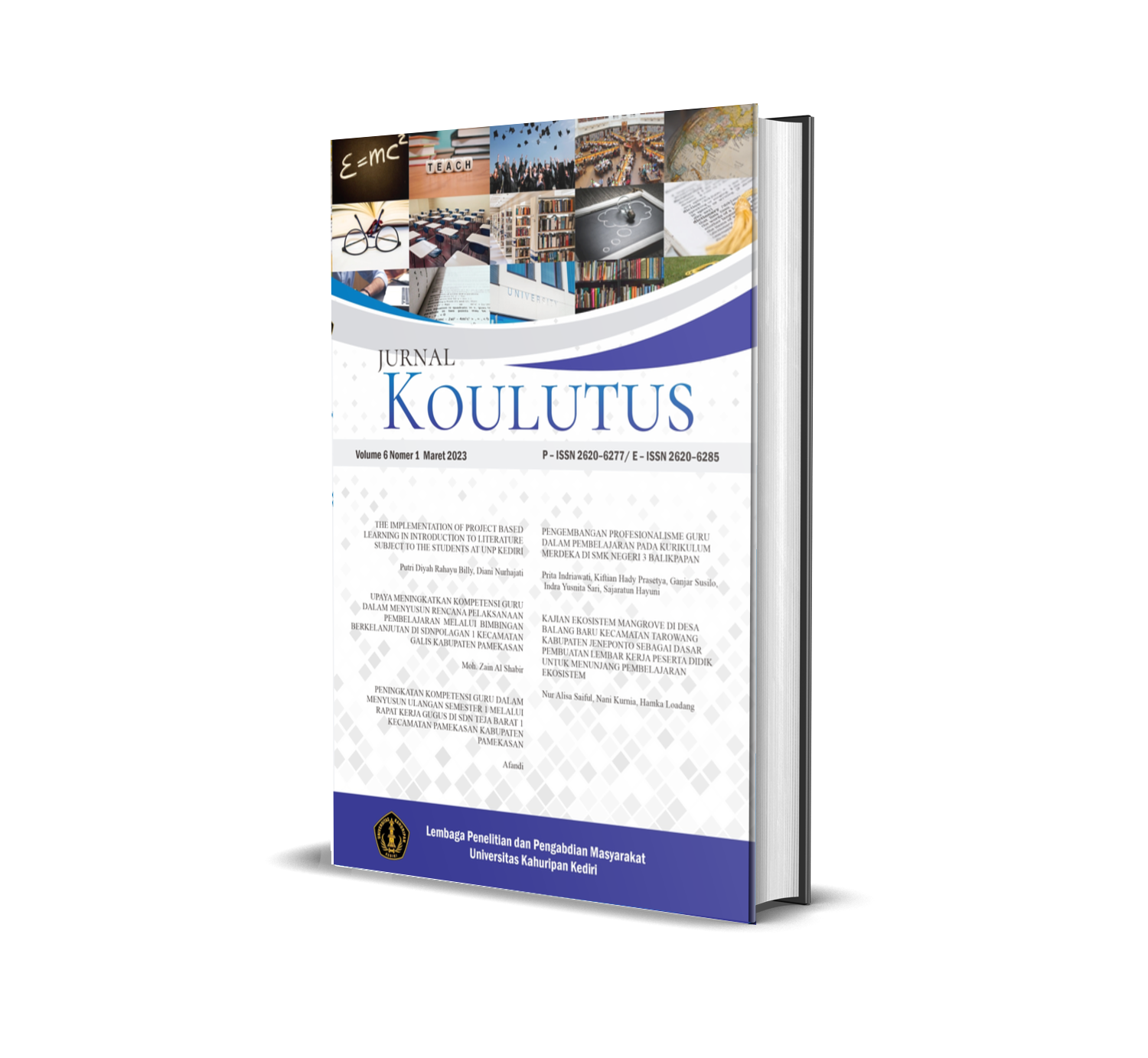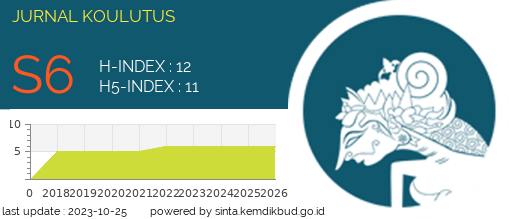STRATEGI PELAKSANAAN MANAJEMEN KURIKULUM PESANTREN UNTUK MENARIK MINAT CALON SANTRI BARU
DOI:
https://doi.org/10.51158/koulutus.v6i1.946Keywords:
Pelaksanaan Manajemen Kurikulum, Pesantren, Calon Santri BaruAbstract
Pesantren is Indonesia's oldest Islamic educational institution. However, public interest in studying in Islamic boarding schools remains low. It is necessary for Pesantren curriculum management to change the public's perception of Pesantren to a positive one during its implementation. The community's opinions will influence a Pesantren's image, which will influence students' interest in choosing a Pesantren. Internal and external factors influence students' interest in selecting a person. The goal of this study is to examine how Pesantren curriculum management is implemented in order to pique the interest of prospective new students. The method used is literature research by collecting previous articles and analyzing them according to the topic of discussion. The study's findings include the implementation of a good Pesantren curriculum management system that adheres to the POAC (Planning, Organizing, Actuating, and Controlling) method. Pesantren curriculum management will create student curriculum programs as well as other factors such as promotional materials for Pesantren that can pique students' interest in terms of external factors that will stimulate internal factors for prospective students. The greater a Pesantren's reputation in the community, the greater students' interest in enrolling in the Pesantren.
Keywords: Curriculum Management, Interest, Pesantren, Students, POAC.








